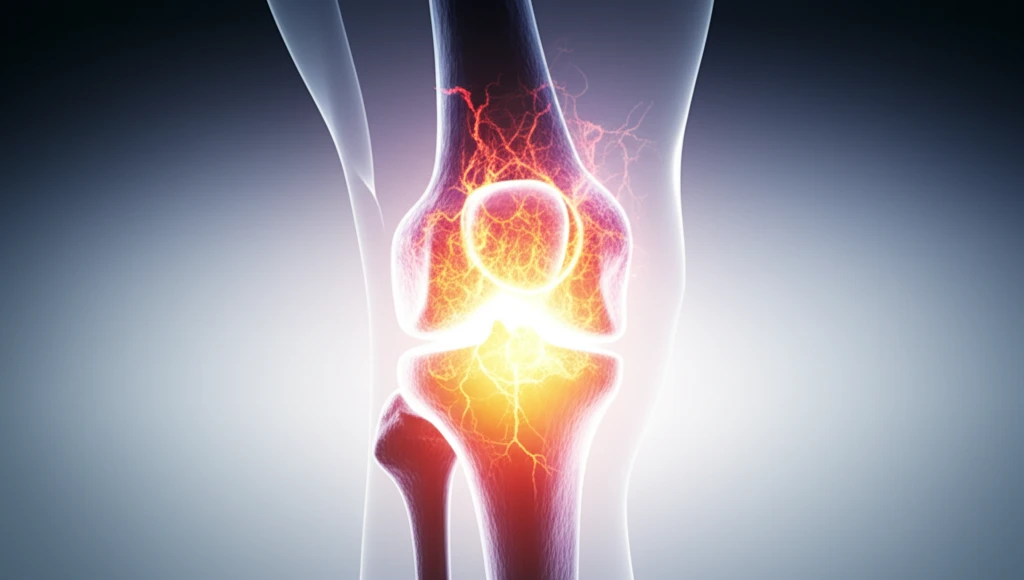
Unlocking Knee Health: How to Avoid Healing Delays After Tibial Osteotomy
"Expert insights on open-wedge high tibial osteotomy (OWHTO) to ensure optimal bone formation and recovery."
Open-wedge high tibial osteotomy (OWHTO) is a surgical procedure aimed at correcting knee alignment, particularly in cases of osteoarthritis. The goal is to shift weight away from the damaged area of the knee, relieving pain and improving function. While OWHTO has a high success rate, complications such as delayed bone healing can occur, prolonging recovery and potentially impacting long-term outcomes.
A recent study published in Knee Surgery, Sports Traumatology, Arthroscopy sheds light on the factors that contribute to delayed bone healing after OWHTO. By understanding these risk factors, patients and surgeons can work together to optimize the healing process and minimize potential setbacks.
This article synthesizes the findings of this research, providing accessible insights and actionable advice for anyone considering or recovering from OWHTO. We will discuss the critical elements that influence bone formation, offering a comprehensive guide to a smoother, faster recovery.
Understanding Bone Formation After OWHTO

The study, led by Kenichi Goshima and colleagues, evaluated bone formation in 102 knees (93 patients) that underwent OWHTO without bone grafting. Researchers meticulously tracked bone formation within the osteotomy gap—the space created during surgery—using X-rays and computed tomography (CT) scans. The osteotomy gap was divided into distinct zones to assess the progression of bone healing from the lateral (outer) hinge towards the medial (inner) side of the knee.
- Progression of Healing: Bone formation typically progresses from the lateral hinge towards the medial side of the osteotomy gap.
- Importance of Plate Removal: Gap filling progresses even further after plate removal, without compromising the corrected knee alignment.
- Risk Factors: Three primary factors were identified as significantly delaying bone formation: large opening gaps, unstable hinge fractures, and osteotomy line placement below the safe zone.
Ensuring Optimal Healing: A Collaborative Approach
Successful recovery after OWHTO requires a collaborative effort between the patient and their surgical team. By understanding the risk factors for delayed bone healing and adhering to postoperative guidelines, patients can significantly improve their chances of a smooth and timely recovery. Remember to openly communicate any concerns with your healthcare provider and actively participate in your rehabilitation program. Staying informed and proactive is the best way to unlock lasting knee health and get back to the activities you love.
